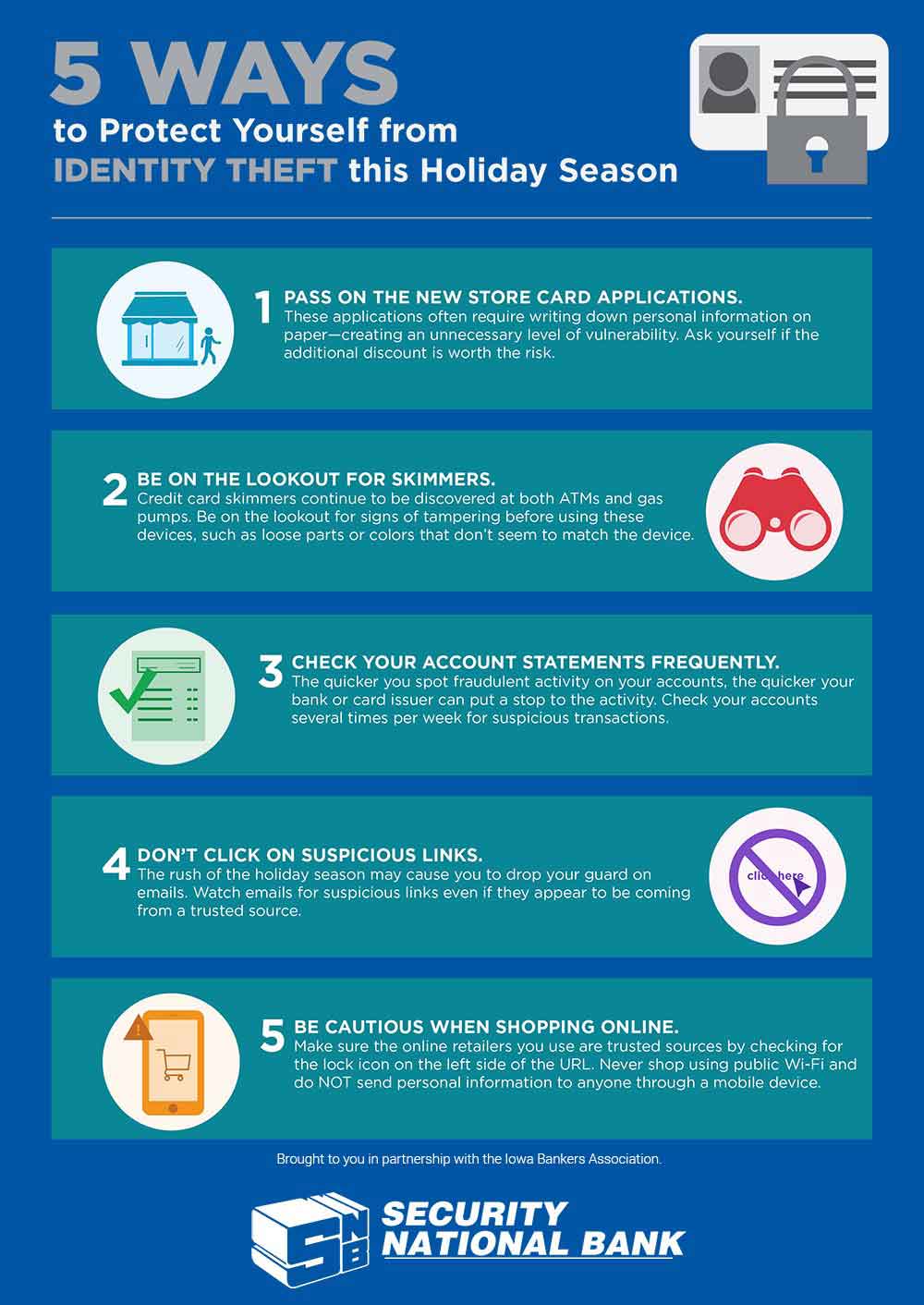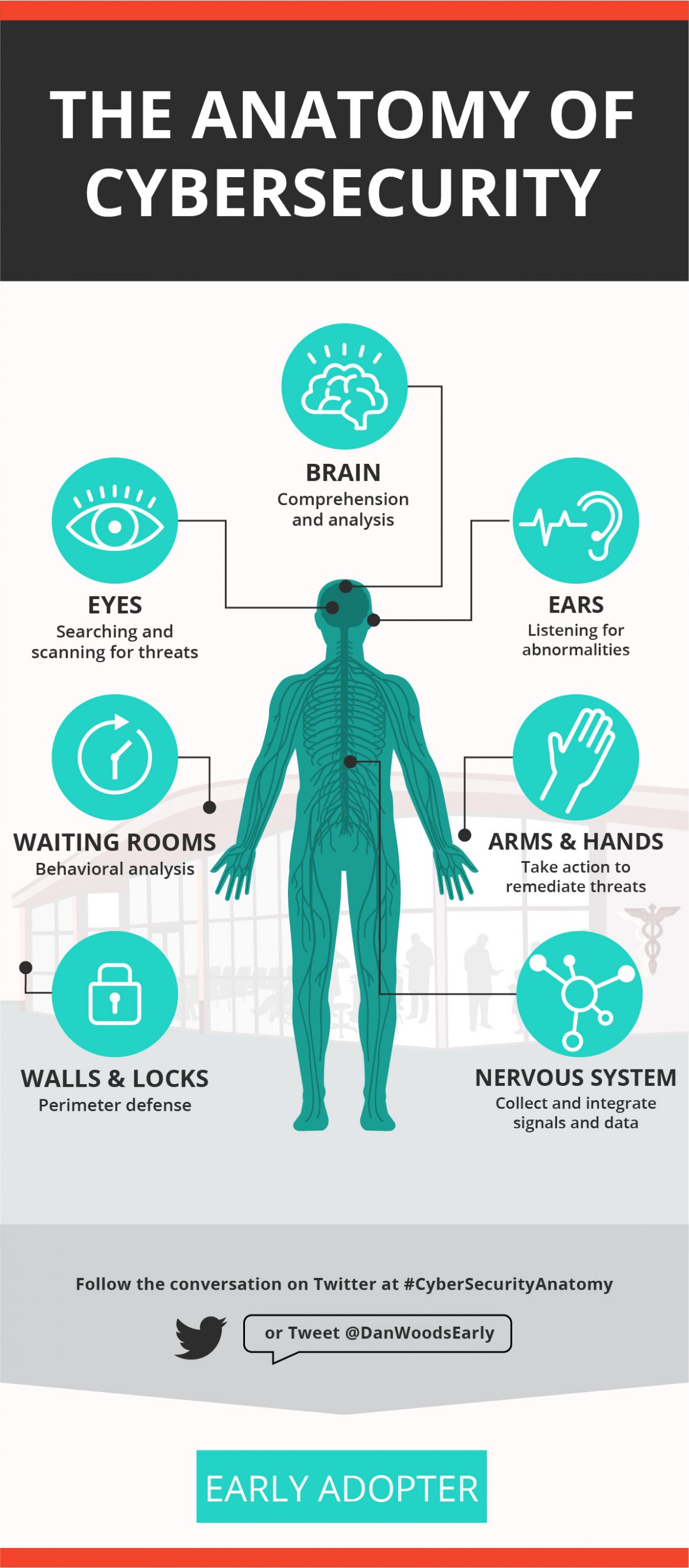

- #CYBERSECURITY INFOGRAPHIC FULL#
- #CYBERSECURITY INFOGRAPHIC VERIFICATION#
- #CYBERSECURITY INFOGRAPHIC PASSWORD#
- #CYBERSECURITY INFOGRAPHIC CRACK#
They are a string of related words with no sentence structure. For example, "chocolate" is a bad password, so is "dark chocolate".
#CYBERSECURITY INFOGRAPHIC PASSWORD#
The more complex your password is, the harder will it be for brute force attackers.
#CYBERSECURITY INFOGRAPHIC CRACK#
But if a user is logging in from an unknown network on an unmanaged device, ask them to crack an additional layer of security.

Use extra layers of protection, like text verification, email verification, or time-based security codes.įor example, you can allow an employee to log in on a managed device from your corporate network. Multi-factor authentication is a powerful feature to prevent unauthorized users from accessing sensitive data.įor the most secure user sign-ins, you should use a combination of elements like biometrics, SMS/text messages, emails, and security questions. Many: The password should have many possible answers.Įnable multi-factor authentication (MFA).Simple: The password should be precise, easy, and consistent.Memorable: The user should be able to remember it.Stable: The answer shouldn’t change over time.Safe: Hackers shouldn’t be able to guess or research it.The best ones will make it easy for legitimate users to authenticate themselves. So what does a good security question look like?
#CYBERSECURITY INFOGRAPHIC VERIFICATION#
Security questions prevent imposters from infiltrating the verification process. Here are some cybersecurity best practices this infographic will cover. These are wake-up calls, and it is high time organizations must understand cyber threats and do everything possible to prevent data breaches. Not only was the same gang responsible for the 2020 ransomware strike on Travelex, they reportedly extorted more than $100 million in one year from large businesses. They shared images of stolen files as proof of breaching Acer’s security and the consequent data leak.

Remember when Taiwanese computer giant Acer was hit by a REvil ransomware attack in March this year? The hackers demanded a whopping $50 million. In fact, a report also suggested that remote working accounted for 20% of cybersecurity incidents that occurred during the pandemic.Ģ021 was no different. In 2020, when a large chunk of the world population shifted to work from home models, cybercriminals also transitioned to remote operations.

To help you avoid becoming another cybercrime statistic, we’ve created this infographic with our top cybersecurity best practices. Both can be devastating to unprotected companies. In fact, it’s estimated that by 2022 there will be 28.5 billion networked devices around the world, up from 18 billion in 2017.īusinesses of all sizes will continue facing new threats on a daily basis-phishing scams and malware being the most common ones. Please enable JavaScript if you would like to comment on this blog.In the coming years, cybercrime will continue to grow. Thank you to presenting sponsor, PricewaterhouseCoopers LLC, gold sponsor, Alta Associates, and sponsors, IBM Security and Veracode.
#CYBERSECURITY INFOGRAPHIC FULL#
View the full Women in Cybersecurity infographic. The study found that female respondents with access to sponsorship and leadership programs reported feeling valued in their role, and were more likely to be successful. With the looming 1.8 million workforce gap projected by 2022, organizations can help fill those open positions by recruiting and retaining women in the field. Women in cybersecurity also tend to have a wider variety of undergraduate degrees than their male counterparts. The study found that women in cybersecurity have higher levels of education than men, but fewer hold senior-level positions, and they earn less money. This information is detailed in the latest infographic created using data from the 2017 Women in Cybersecurity report, which was part of the Global Information Security Workforce Study (GISWS), sponsored by Booz Allen Hamilton. That number, despite women making up approximately half of the global population, has remained stagnant since 2013. According to the latest research from the Center for Cyber Safety and Education™ and the Executive Women’s Forum on Information Security, Risk Management & Privacy (EWF), conducted by Frost & Sullivan, women continue to comprise only 11 percent of the information security workforce.


 0 kommentar(er)
0 kommentar(er)
